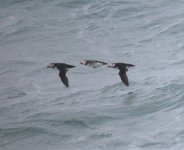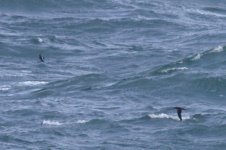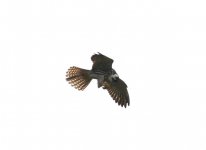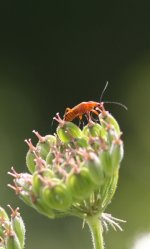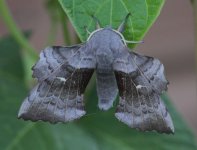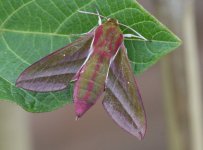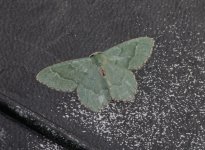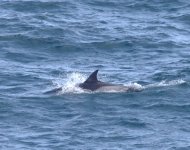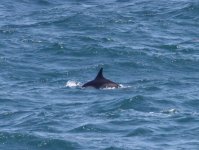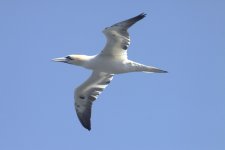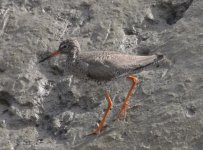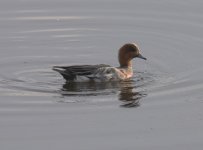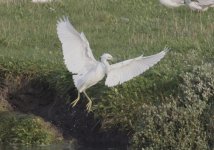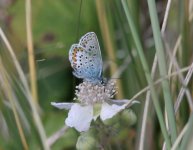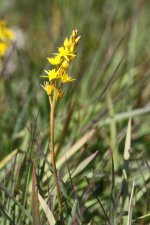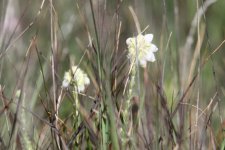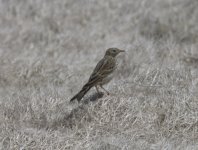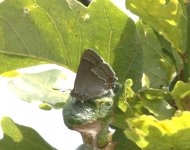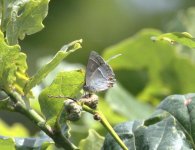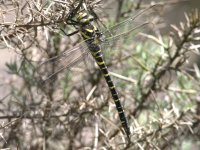The 'Wednesday Group' reported 100+ Common Dolphin, 1 Common Lizard and 8 Puffin yesterday from The Rumps. Plus a start on the building of the Treraven Bird Hide.
No sign of any Dolphin from The Rumps this morning but 3 Puffin past (photo) 1 European Storm Petrel (photo) 400+ Manx Shearwater.
Two very interesting Common Guillemot noted this morning, but sadly no photos of either, I’m always torn between observing or photography, the first an adult Common showing extensive dark flank streaking, under-wing spotting but no dark crescents, no discernable difference in upper-part colour or size, SSP albionis or nominate aalge? The second a bridled morph showing no white eye-ring only a white line behind the eye.
No sign of any Dolphin from The Rumps this morning but 3 Puffin past (photo) 1 European Storm Petrel (photo) 400+ Manx Shearwater.
Two very interesting Common Guillemot noted this morning, but sadly no photos of either, I’m always torn between observing or photography, the first an adult Common showing extensive dark flank streaking, under-wing spotting but no dark crescents, no discernable difference in upper-part colour or size, SSP albionis or nominate aalge? The second a bridled morph showing no white eye-ring only a white line behind the eye.
Attachments
Last edited:




